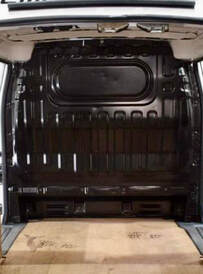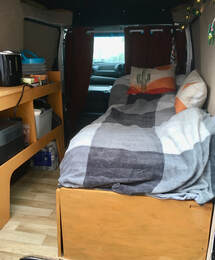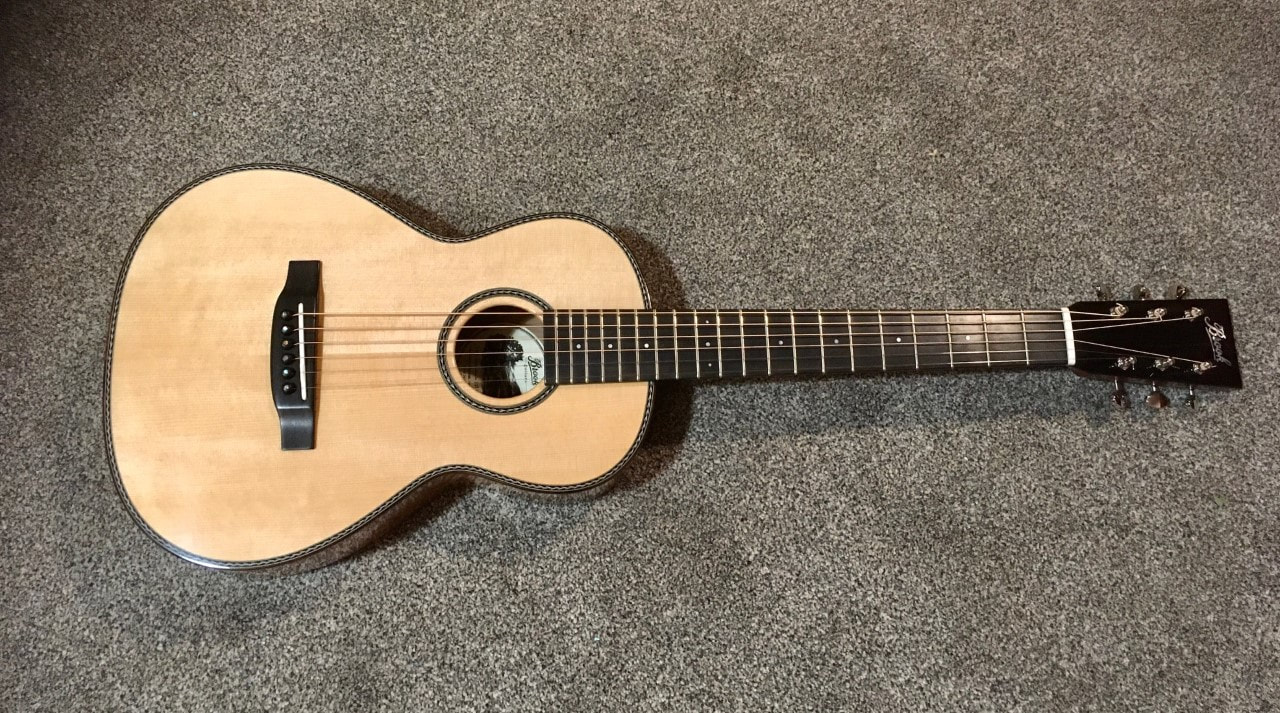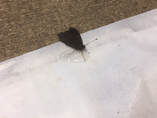After taking out the metal bulkhead (not straightforward as there were some rivets that were very resistant to being removed, but my ever-helpful neighbour Richard lent a capable hand and a powerful drill to get that job done!) and swapping the normal passenger seat for a fold-down one I found on eBay, I watched numerous YouTube videos to find out how to insulate, ply and carpet the cargo area’s walls and ceiling. Then I set to work with some degree of trepidation, prising off the wall and door panels, all the while fighting off severe doubts as to whether I could really manage to complete this project by myself.
Preparing the interior proved to be quite time consuming, but it was a very important part of the project as the habitation area needs to be warm and cosy in the winter. Although the base already had a plywood floor, the walls were not plied, and so I spent £170 on pre-cut plywood panels, including four for the rear doors, that I carpeted and then screwed on over the insulation I had put in place.
Having completed that task (and patted myself on the back for having done so!), I fitted a curtain rail between the cab and the habitation area and put up curtains for privacy and warmth. Then I bought a rather battered second-hand campervan bed on Facebook Marketplace and did a fair bit of remedial work on it, as well as cutting it down to a narrower size that was more appropriate for this van. Also on Marketplace I came across two old wooden van shelving racks being given away, which I gratefully picked up and proceeded to clean up before topping and tailing one of them to fit, and then painting it.
For a power source, I bought the most expensive piece of kit in the whole project, but well worth it: an EcoFlow power pack from which I can run a low-wattage heater, an electric blanket, my laptop and any other low-energy appliances without the need for a leisure battery or gas cylinders (apart from a small butane cylinder for the single-hob stove). Also on board I have a 12-volt cool box, water (without the need for a water tank that could freeze in the winter), a toilet, shower facilities in the form of a Mud Daddy dog shower(!), a work surface that I fashioned from a small fold-up table I bought for a fiver in a charity shop, and plenty of under-bed and shelf storage. For lighting, the interior rear light is supplemented by a variety of battery-powered lanterns and a string of cactus fairy lights (of course!).
I bought a simple awning to go over the rear doors when they are open. With a tarpaulin draped over the back, this will provide an area to stand up in, and in which it will be possible to use the shower (which has a hand pump that provides the necessary pressure, and which can be filled with hot water).
I feel quite proud of my handiwork, rustic as it may be, and will be taking another overnight trip in the van next week to see if it all holds up to life on the road!






















 RSS Feed
RSS Feed